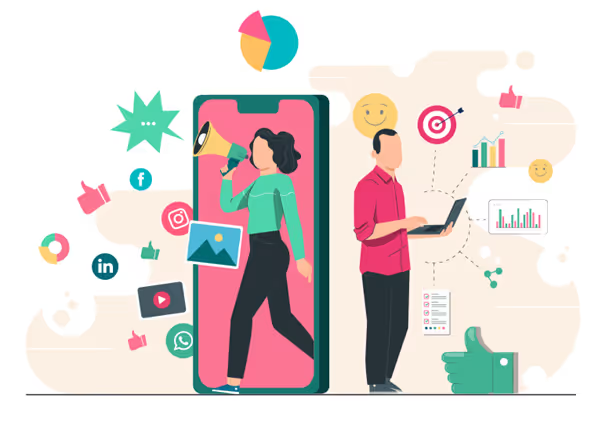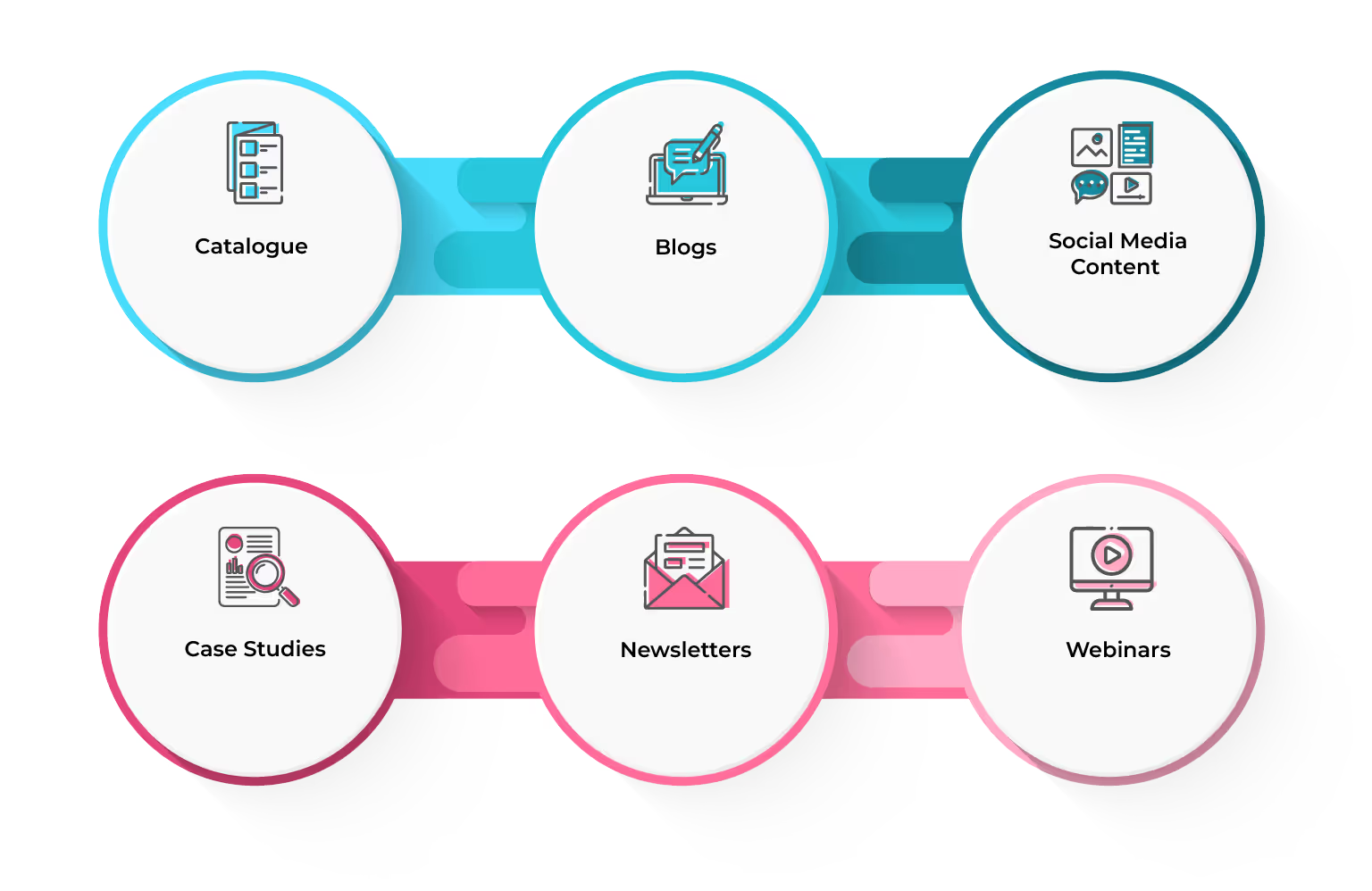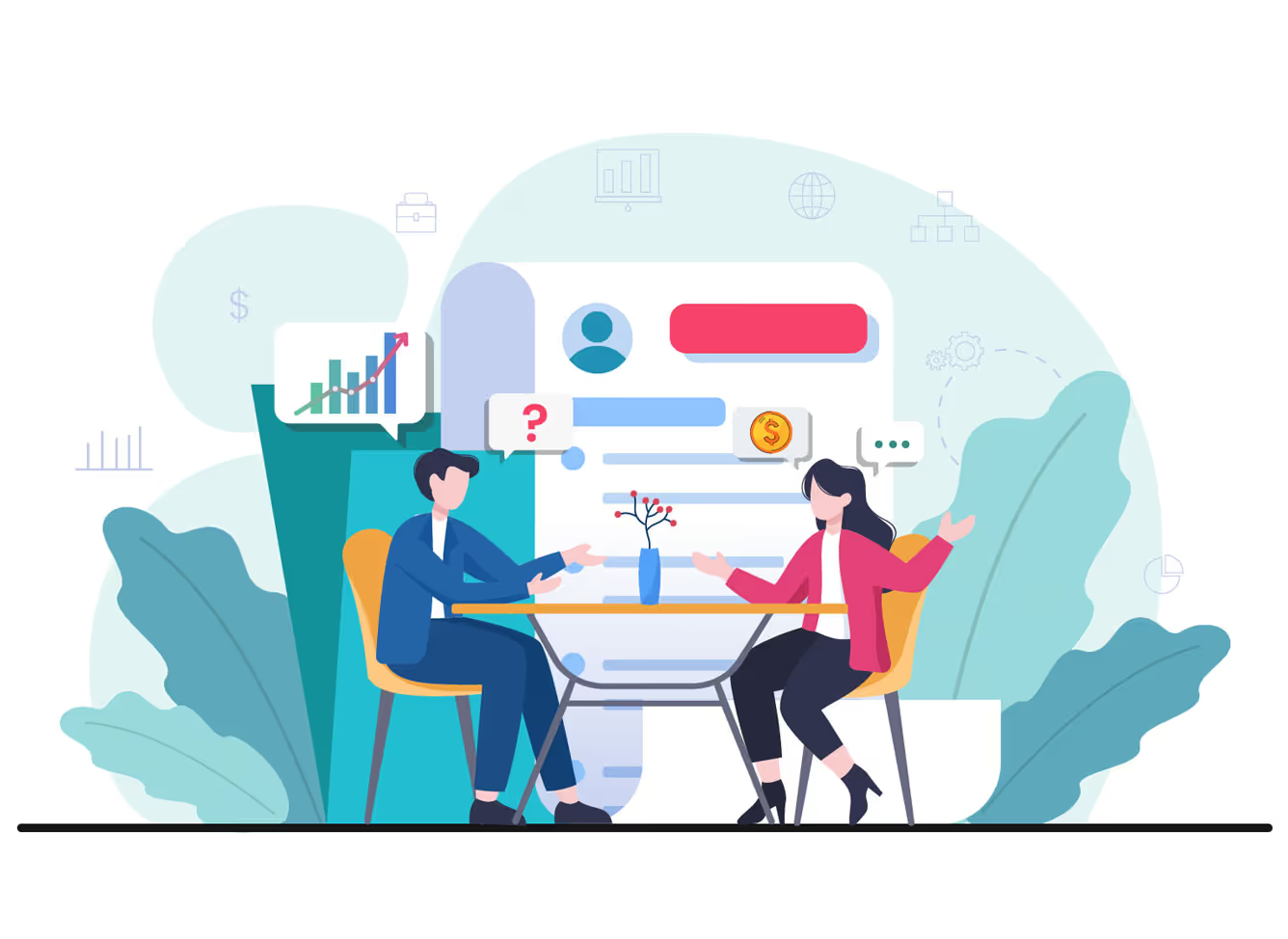
Blog
Why Sales Collateral Is Essential for Closing Deals Successfully?
October 26, 2023


Key Insights
“Reliability is the precondition for trust." Wolfgang Schauble
How do you bring reliability to business?
Imagine, a sales representative approaching you with their product or service. They keep on talking about the company, product, features, benefits, and on and on.
What makes you trust the person?
It's always the “proof” that he presents that makes you feel that this is of benefit to you. In sales, we call it sales collateral.
In this article, we will walk you through understanding what is sales collateral, what are the types of sales collateral, when should salespeople use it, what are the benefits of sales collateral and how to develop one.
So let's scroll down without much ado.
What is sales collateral?

Sales collaterals, also known as sales resources, encompass any material or content that aids the salesforce in effectively conveying their product or service to potential customers and assists prospects in gaining a better understanding of the offering.
The primary purpose of sales collateral is to enable sales by moving prospects faster through the pipeline and increasing the closing of deals, while efficient sales territory management ensures that these resources are strategically deployed to reach the right audience. Some of the sales collateral examples include product catalogs, blog posts, case studies, webinars, etc.
Each of these resources is used at different stages of the sales pipeline making them vary in their type and purpose. For example, blogs and social media posts help during the awareness phase, case studies are used during the consideration stage, and product demos during the final decision-making.
Types of sales collateral
There are several resources and content that the salesforce can use as sales collaterals to increase their lead generation, enrich their pipeline, and improve the closing of deals. Some of these sales collateral examples include:

- Catalog
Product catalogs provide a comprehensive understanding of the item you are trying to sell. Its size and dimensions, its features and pricing, and the benefits and customer review. The prospects must get a comprehensive idea about the product just by skimming through the catalog.
- Blogs
The relevance that blog posts have in optimizing your website presence and relevance is immense. It helps your website to rank in the top 1 to 10 position during keyword searches by incorporating SEO techniques. Hence, the primary purpose of blog content is to bring awareness among your potential customers and enhance lead generation.
- Social Media Content
Another powerful medium of digital marketing is social media. Organizations work towards building a strong presence on social media platforms like LinkedIn, Facebook, Youtube, etc., depending upon where ideal customers are most frequently present. In this context, it's essential to recognize what is a UGC creator—individuals who actively produce user-generated content in shaping the online landscape and influencing the perception of brands.
Sharing niche information regarding your product or industry, infographics, and videos are ways to attract the attention of your prospects.
- Case Studies
Case studies are majorly used during the consideration phase of the customer journey. It contains a detailed description of the clients who have previously used your product and benefited from it. These testimonials backed by statistics have a decisive effect on the customer's conversion rate.
- Newsletters
Newsletters are one medium through which companies share their latest information with their clients and subscribers. This helps in maintaining a regular touch with your community, keeping them informed about you as well as ensuring your name is always at the top of their mind.
Most of the sales collateral comes in written form that prospects can engage with as they move through the sales process.

When should salespeople use sales collateral?
The use of sales collateral at the right time and stage, coupled with strategic updates, will ensure a faster conversion rate throughout the sales pipeline, contributing positively to the return on sales calculator. So here are a few things to keep in mind to make the best use of sales collateral.
- There are many enabling content that the marketing team will create for promotions. Hence, salesforce, in alignment with their respective sales team roles, must take into consideration the customer stage and the journey to resourcefully use them.
- Sales collateral acts as a roadmap to direct customers to make decisions. Knowing its features, purposes, and how it benefited others will help in making judicious and faster decisions.
- The variety of sales collateral examples that the sales force can use are many. Hence, they must use each resource judiciously by understanding the purpose it will have in their sales process and by ensuring to not overwhelm the client with too much information.
- Each sales collateral template has a different purpose depending on the sales pipeline stage they are in. Hence, the customer journey is crucial when deciding when salespeople should use the sales collateral.
- In simple words, the right use of the right resource at the right time will yield the results the sales and marketing strived to achieve while building their sales collateral.
Salesforce must always ensure that they are equipped with resources, tools, and techniques that will help them in their sales process.
How sales collateral can benefit your business
Incorporating relevant tools and techniques will help in enhancing your sales process. Let us look at how sales collateral boosts your operations.

- Purposeful Customer Approach
Approaching potential customers by utilizing various types of sales collateral makes it purposeful, and when coupled with a well-structured sales performance incentive fund, it not only informs your prospects but also motivates the sales team to excel in building meaningful relationships that offer mutual benefit to both parties involved.
- Faster Customer Journey
Sales collaterals are filled with valuable insights and information that help your potential customers to have a comprehensive idea about you. Blogs, case studies, and newsletters make them understand your brand, the product, its features, benefits, and everything that will help them enhance their operations. These understandings backed by data and research will ensure a faster conversion rate and journey through the pipeline.
- Resourceful Decision Making
Sharing a case study with your potential clients will help them understand the experience, progress, and satisfaction of your existing clients. These success stories will influence their decision-making and can also serve as valuable examples for your sales team to earn both spiffs and commissions by showcasing the positive impact of your product.
- Branding as a Top-Voice
In addition to aiding salesforce in their sales process, the content shared as sales collateral also brands you as a top vice in your industry. The research you conduct and the insights you share through various platforms help you to become a thought leader whom others can follow as a guide.
- Supports Salesforce Performance
It's not easy to convince your potential customers by merely talking. Everyone is looking for previous examples, success stories, and customer testimonials. These resources are the ways to validate your argument and convince your audience of the benefits of incorporating your product into their operations.
Organizations must be clear about their goals and objectives while implementing any tools and resources to their operations to reap the benefits of it.
How to develop and design your sales collateral
Sales collateral development is a mutual work between the sales and marketing teams.
The marketing departments are always building content and resources that will help in business promotions. These insightful resources can be utilized by the salesforce during each stage of their sales process by understanding the purpose of it and the potential output it will generate.
As sales teams maintain constant contact with potential customers, they possess valuable insights that can be shared with the marketing team. Utilizing tools such as a Sales Pipeline calculator, understanding the ideal customer profile, demographics, expectations, requirements, and the latest demands from the sales team becomes instrumental. This knowledge empowers the marketing team to strategically project the brand by addressing the specific needs identified through the sales process.
Hence, developing and designing sales collateral is not an exclusive responsibility of any one team but a collective brainstorming and information gathering that will cumulatively add to the entire sales and marketing process.
To read more about sales-related topics, connect with Kennect. For more information Book A Demo Now!
ReKennect : Stay ahead of the curve!
Subscribe to our bi-weekly newsletter packed with latest trends and insights on incentives.
Thank you! Your submission has been received!
Oops! Something went wrong while submitting the form.
Your data is in safe hands. Check out our Privacy policy for more info




%20(1).avif)










